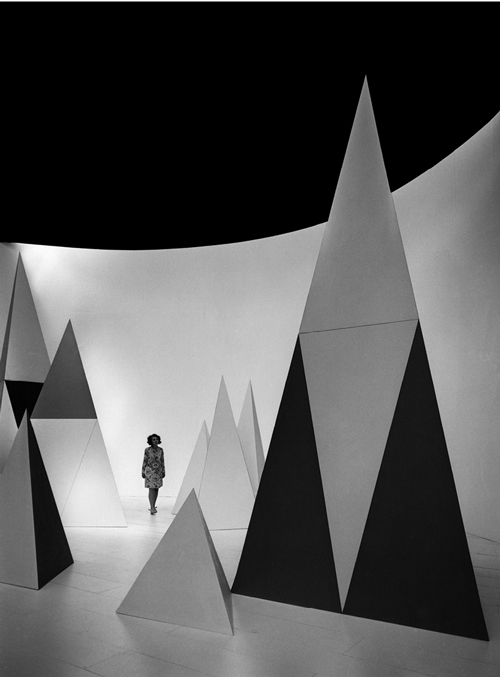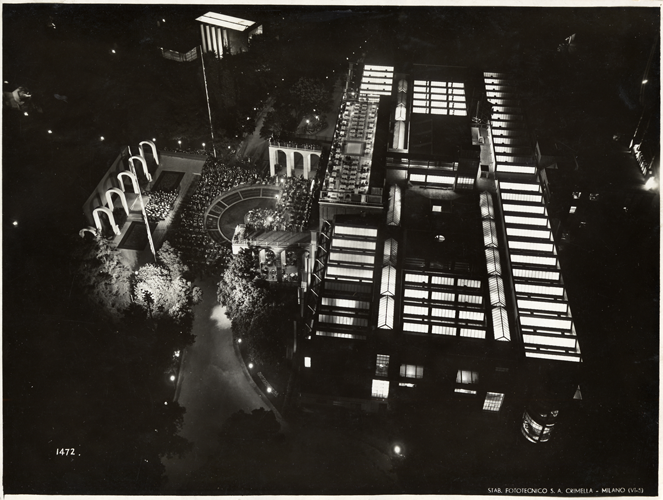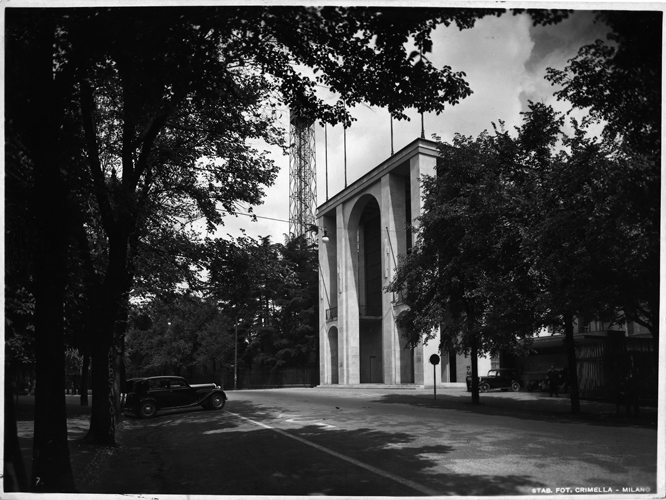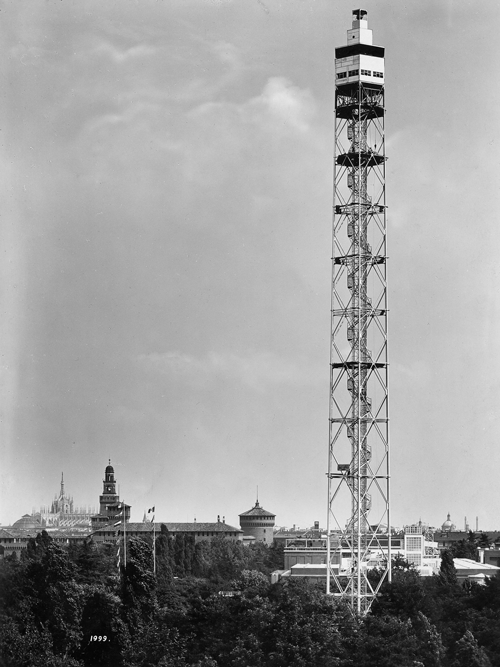France – De La Pensée Au Visible. Design As a Large Ring
On the occasion of the opening weekend of the XXII Triennale di Milano, the French pavilion organizes a conference, in which two volumes will be presented: Design. From Nature to Environment. New Definitions and Extended French Theory and the Design Field and Extended French Theory and the Design Field. On Nature and Ecology. A Reader.
Through 9 projects, the 1st publication Design; From Nature to Environment. New Definitions explores how design as a discipline, when seeking to consider nature, ecology and environments, shifts the boundaries of practices: from field to thought, from scientific facts to their representation or activation, metropolitan France to Réunion, from France to Asia, South America …All exhibited in the French section, the architects, urbanists and designers present have collaborated actively with sufficient confidence in the editorial project and pavilion to search, sort and entrust the elements that document their project. The book is thus an organised archive. And there will be for a talk and questions the designers, researchers and urbanists of the French Section.
With: Astrid de La Chapelle, Pauline Briand, Sarah Garcin, Juliette Gelli, Raphaël Pluvinage, Catherine Geel and Elizabeth Hale.
The 2d publication Extended French Theory & the Design Field…, through an anthology composed of French authors translated into English, constitutes a panorama of references on nature, ecology and the relationship between environments and individuals. These readings are used in the field of research in or on design. This unprecedented exercise in the discipline seems, to the group of researchers gathered around this work, useful both to a wider circle of disciplines and the curious. Thought born and developed in France always distinguishes itself by its specificity and influence, the juxtaposition of texts by some thirty authors, philosophers, anthropologists, sociologists, psychoanalysts, is guided through thematic partitioning that offers an initial key input to the publication. The anthology proposes 8 unpublished texts and is divided into 5 sections, each of which is introduced by members of the group of researchers.
With: Catherine Geel, Clément Gaillard, Thomas Havet, Elizabeth Hale, Océane Ragoucy.
Archives and collection
Explore hundreds contents →



